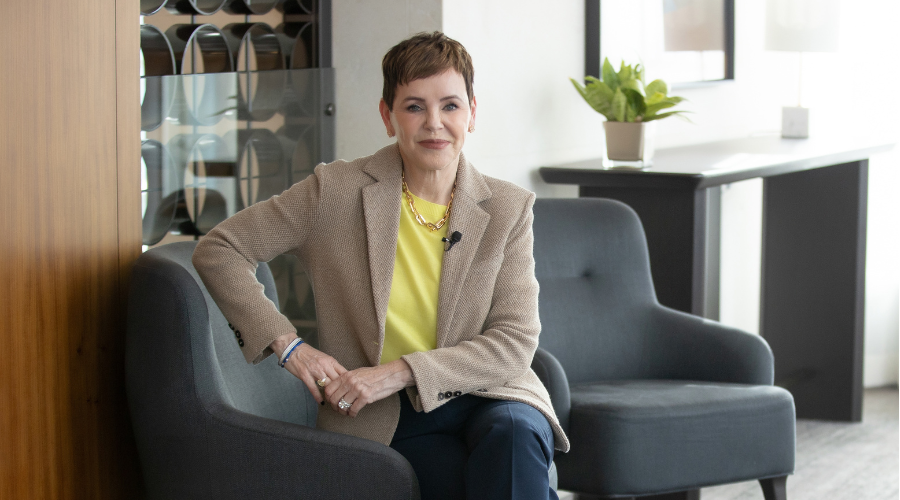Debt is growing fast in Canada. So much so that our average household debt ratio (which compares debt to disposable income), has seen an increase of 70% in just 20 years. Canadians now owe, on average, $1.70 for every dollar they earn after taxes. And debt among Canadians 65 and over is growing faster than with any other age group.
Of those Canadians who have non-mortgage debt, the average amount is $15,473. If this is made up of credit card debt at 19.99%, interest alone could be as high as $3,093 per year or over $250 per month.
It’s not surprising, then, that many Canadians are looking for debt consolidation loans. Debt consolidation loans allow you to save thousands of dollars in interest, have much lower monthly payments and also allow you to pay off the principal faster. When considering the best way to consolidate debt, it pays to look for the lowest rates that you can qualify for and monthly repayments you can afford.
Consolidating debt using credit cards (balance transfer credit cards)
Replacing high interest credit cards with a low interest card can be a good strategy if you can find the right deal. Several cards offer a 0% introductory transfer rate that usually lasts for six months or longer. MBNA, for example, offers two cards with this introductory rate, after which time rates rise to just 8.99% or 12.99%. RBC offers a card with a rate of only 5.9% for two and a half years.
One downside is that most cards require good credit scores and income qualification. In addition, many providers revert to a very high interest rate after the initial period, leaving you in the same position as before. Plus, you must make at least the minimum payment every month.
Debt consolidation using a personal loan
Depending on your income and credit score, personal debt consolidation loans can offer interest rates as low as 6%.
The cons of an unsecured debt consolidation loan are that if you have a poor credit score or low income, rates may be high. You may not qualify if you have high debt to income ratios or if you have recently filed for bankruptcy. You must also make monthly payments and some lenders charge high closing fees.
Borrow and withdraw from a retirement account
You can draw money from your RRSP accounts before retiring, but you will pay a withholding tax, which increases the more you withdraw. Amounts over $15,000 are subject to a 30% withholding tax. So, for example, if you withdrew $20,000, you would only actually receive $14,000.
Regardless of your age, you will also pay income tax on the amount withdrawn.
A loan against personal assets (apart from your home)
A secured debt consolidation loan—one where something of value is put up as security—can work for people with bruised credit or high debt-to-income ratios. You can borrow against your car, investment accounts or valuables like jewellery, collectibles and fine art.
To qualify, you must have something of proven value, which you may lose if you can’t make the regular payments. The interest rates can also be quite high for this type of loan.
Debt consolidation using a second mortgage or a refinance
Homeowners can consolidate debt into a mortgage using a refinance or home equity line of credit (HELOC). Refinance rates are typically less than 4% and HELOC rates are usually prime plus 0.5%, both of which are less than a quarter of the typical credit card rate.
However, there are downsides to refinancing mortgage debt consolidation. You need good credit and must meet the lender’s debt service ratio rules, which are harder to qualify for since the introduction of the stress test.
Another drawback is that refinance rates are typically a quarter of a percent higher than renewal rates and you will be paying this extra interest on the whole amount of your mortgage, not just the extra portion. For HELOCs, you will have to pay at least the interest every month—plus principal if you want to reduce your debt. Calculate your payments with the help of a HELOC payment calculator.
If your income or credit score are too low to qualify for a regular refinance or HELOC, you might qualify for a second mortgage. Lenders consider these a higher risk, so interest rates can be 10% or more and you may also have to pay a lender’s fee of 1-2%. Amortization periods can be much shorter than regular mortgages, so monthly payments can be high.
Finally, an important thing to consider when evaluating a loan secured against your home – either a second mortgage or a HELOC – is the risk of foreclosure. If you can’t keep up with monthly interest and (in most cases) principal, you run the risk of the lender calling the loan and foreclosing on your home.
Debt consolidation using a reverse mortgage loan
Reverse mortgages are available to Canadian homeowners aged 55 plus. It is a loan based on your home’s equity, your age and the location of your home, rather than your income or credit score.
Unlike the options listed above, the CHIP Reverse Mortgage® does not require any regular mortgage repayments. You only pay what you owe when you move out or sell, so this frees up a lot of your monthly income.
This is a great option for Canadians 55 plus who struggle to make mortgage or debt consolidation loan payments, who don’t qualify for a regular mortgage, or who have low credit scores. And, unlike other secured loan options, you will not be foreclosed on if you can’t make regular principal or interest payments – because there aren’t any!
Although rates are higher than regular mortgages (here are current reverse mortgage rates) this is still a fraction of most credit cards and could save you thousands in interest every year, as well as greatly reducing your monthly outgoings.
Curious to find out how much you could save? This debt consolidation calculator can help you to work out how much money you could save just by consolidating your debt.
Click here to find out how the CHIP Reverse Mortgage works, or call us at 1-866-522-2447 to find out how much you could borrow.

























